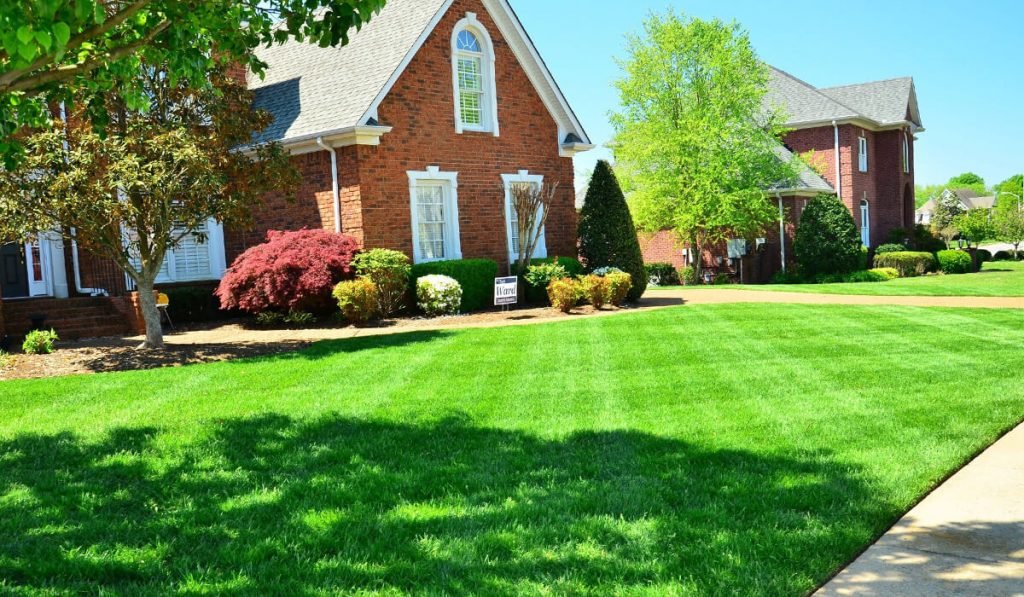Around 81% of Americans have a lawn, which shows we take pride in maintaining our outdoor spaces.
The only problem is planning a lawn area can feel overwhelming as there are hundreds of different species. Luckily, once you know the best type for your climate, it’s easier to narrow down the options. Perhaps you’re currently planning a new lawn space but you’re not sure which is best for you.
Sounds like you? Don’t worry, you’ve come to the right place. Here is the best type of grass for lawns for different climates.
Table of Contents
Cool Season Grasses
Homeowners who live in cooler climates and want a low-maintenance lawn should plant Kentucky bluegrass. It’s renowned for being durable and self-repairing, so you needn’t worry about messing around with lawn aerators. Note, Kentucky bluegrass grows rapidly in spring and fall but stays the same during the colder months.
You should also consider growing perennial ryegrass if you want a green lawn all year round. And although this species has thin, soft leaves, it is resilient to heavy foot traffic, which is perfect for households with kids or pets.
Another type of lawn grass that is great for northern climates is the fine fescue variety. This is a fast-growing plant and tolerates temperature swings, regardless of the season. But there are different types of fine fescue seeds, so find one that works well in your region.
Transition Zone Grasses
The transition zone refers to the area between the Northern and Deep South regions as the lawn grass has different characteristics and needs. For instance, Bermuda grass is popular as it thrives in states that reach 80 degrees Fahrenheit.
Homeowners should also consider zoysia grass as there’s little risk of lawn weeds. But it requires constant TLC, so hire a lawn care company as they can guide you through the process.
Warm Season Grasses
Centipede grass is great for Southern states as it grows low to the ground and requires little mowing. But it doesn’t work well in dry regions so homeowners must frequently water their lawn for best results.
Another great option is St. Augustine grass as it’s resilient and heat-resistant, making it popular in states like Florida. And although it needs to be watered often, this variety can survive heavy downfalls or storms. A bonus is it can withstand heavy foot traffic and lawn equipment so you needn’t worry about ruining the lawn.
You can also consider choosing a tall fescue variety as it can withstand hot, dry climates.
Find the Best Type of Grass for Lawn Today
Hopefully, after reading this article, you’ll know the best type of grass for a lawn.
There are many great varieties for colder climates like Kentucky bluegrass, perennial ryegrass, and fine fescue. Or, if you’re in a warmer climate, consider a warm-season lawn like a centipede or St. Augustine grass so you can cultivate the lawn of your dreams. Good luck!
Found this article helpful? Great! Then check out the rest of our blog for more tips and tricks.
